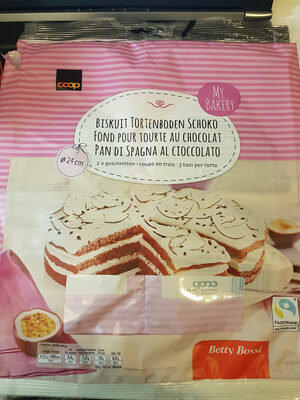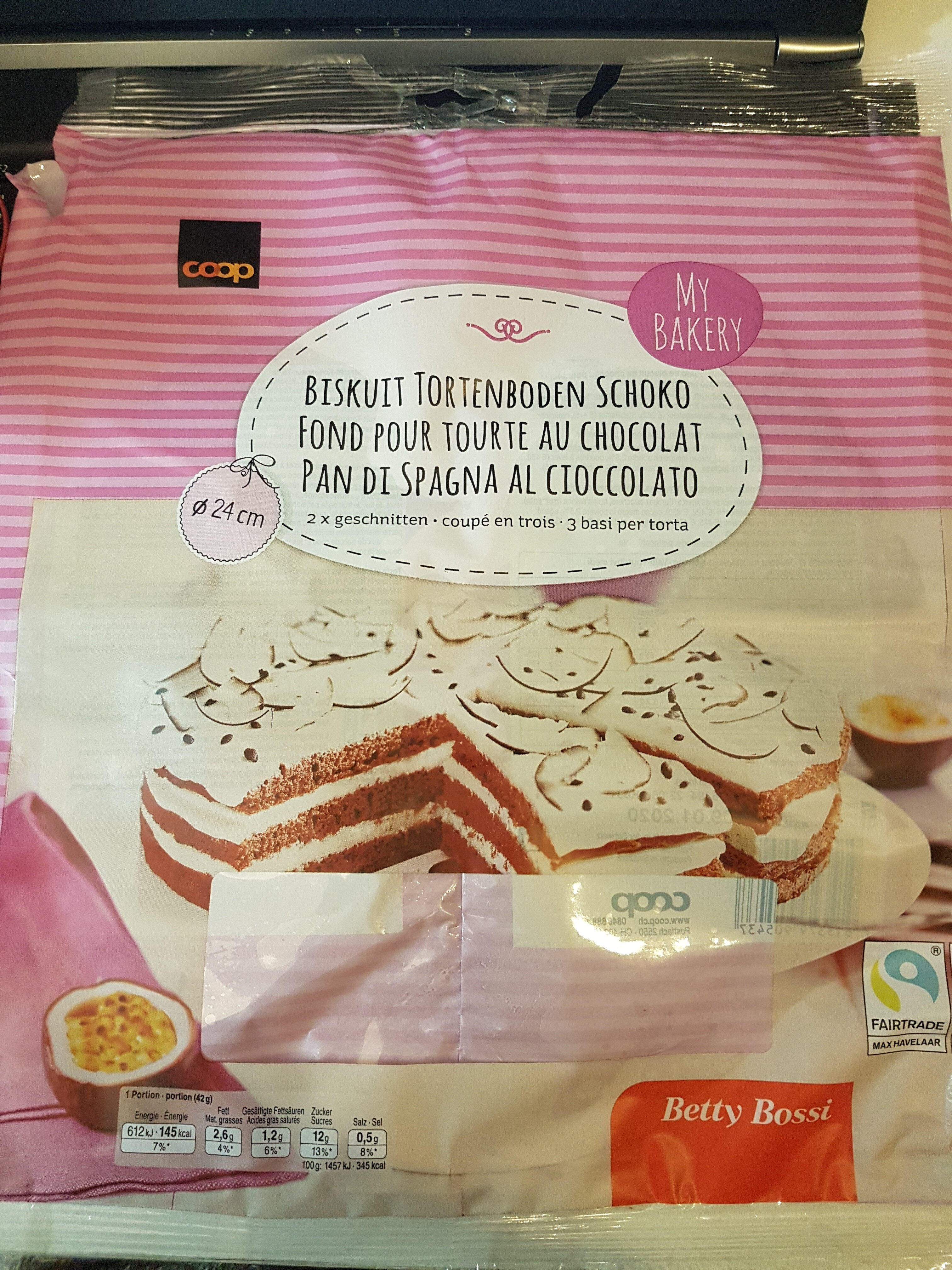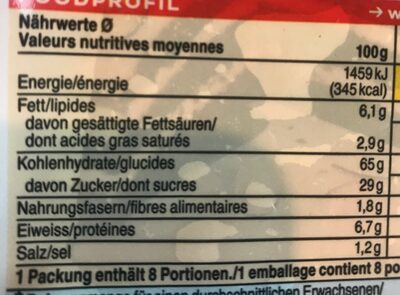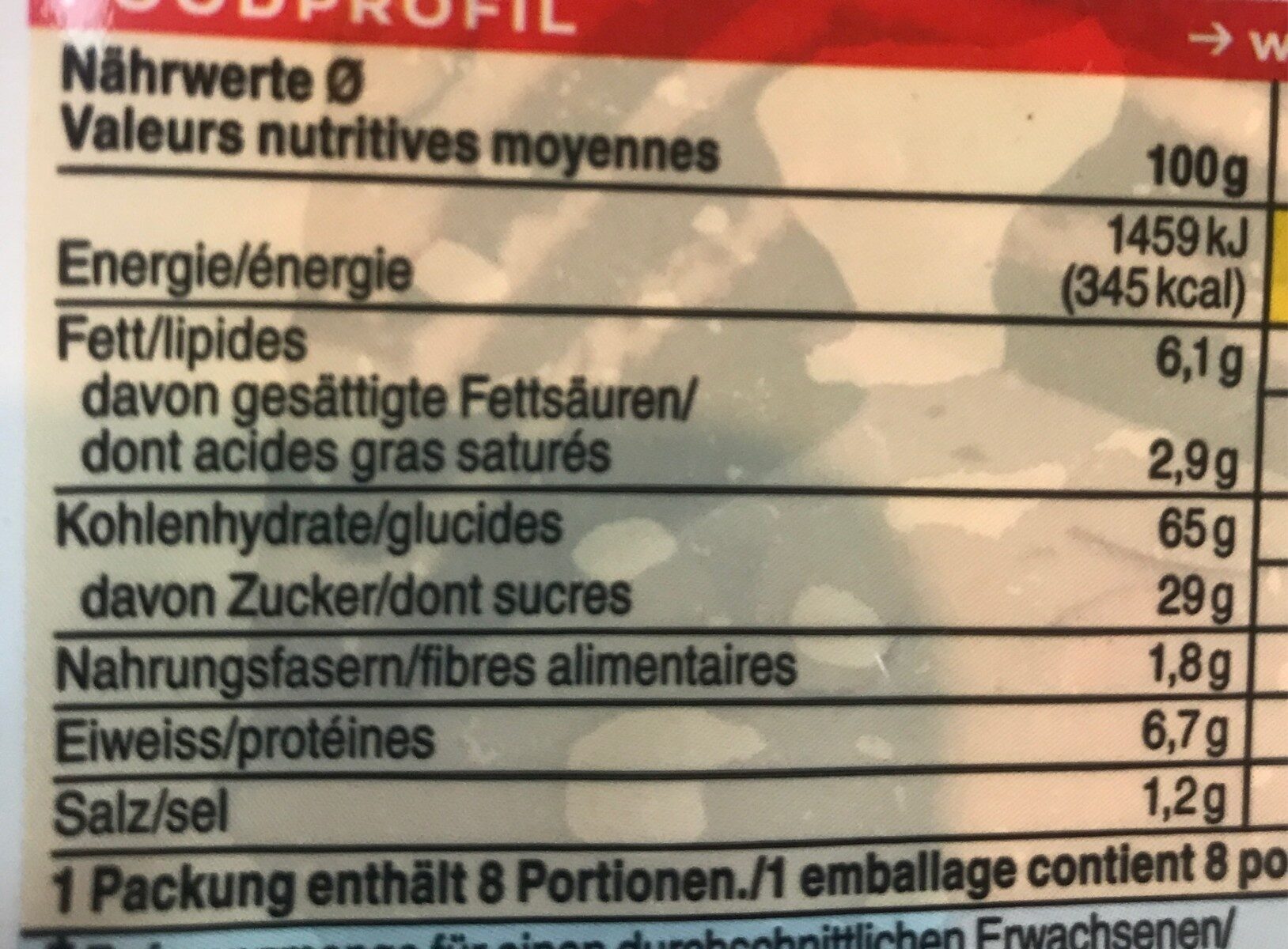Fond pour tourte - Betty Bossi - 1
This product page is not complete. You can help to complete it by editing it and adding more data from the photos we have, or by taking more photos using the app for Android or iPhone/iPad. Thank you!
×
Barcode: 7613379905437 (EAN / EAN-13)
Quantity: 1
Brands: Betty Bossi
Labels, certifications, awards:
Fair trade, Fairtrade International, Max Havelaar, Natural flavors, fr:Cocoa Fairtrade Max Havelaar

Manufacturing or processing places: Suisse
Stores: Coop
Countries where sold: Switzerland
Matching with your preferences
Environment
Packaging
Transportation
Labels
Report a problem
Data sources
Product added on by kiliweb
Last edit of product page on by teolemon.
Product page also edited by mariadelpeto, openfoodfacts-contributors, roboto-app, yuka.V281Y0c3WVArZHBTaXRvU3JoTFQ1UFIwM3FXQ2RtSzVFYzBnSVE9PQ.
If the data is incomplete or incorrect, you can complete or correct it by editing this page.









